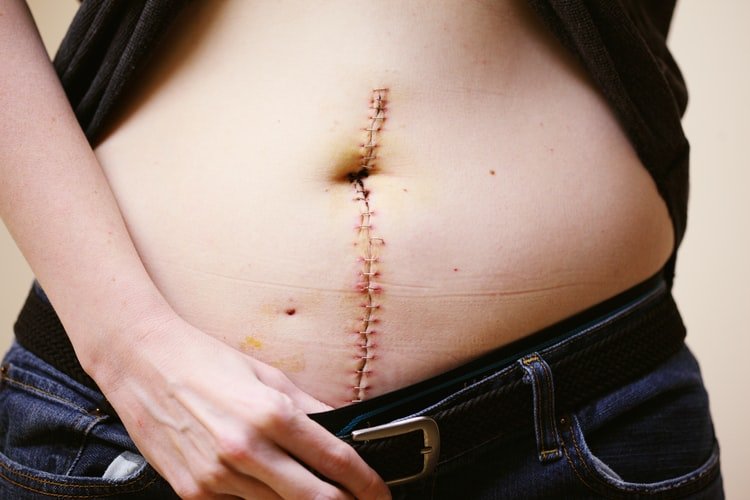Your Options for Scar Reduction

Laser Scar Removal is one of the most common forms of scar reduction treatment. It involves the use of a bright light beam aimed at the affected area to remove the top layers of scars. This laser scar removal system can also work effectively on depressed areas and those that have turned black thanks to age or sunlight exposure. While this procedure can significantly reduce deep scars, it can not be used to make unsightly newer scars lighter. Some doctors might recommend laser scar removal as the first course of action following acne scar removal, especially if the scars are in an area that has never been treated before.
Different types of scarring can require different treatments. Understanding your type of scarring will help you choose which kind of laser treatment you need for the treatment to work well for you. For example, atrophic scars are known to be the most difficult type of scar to treat. These are because they lack a true surface area and thus cannot be laser treated; they are instead left with as smooth as possible surface.
In cases where burn scars are present, laser scar removal may prove to be effective. These scars are often red and can be likened to a badly burned skin. However, since these burn scars do not have a surface area of their own, they are easier to treat than scars that do have a layer of skin. While laser treatment won't work on these kinds of scars, many doctors will still opt for this treatment so as to help the patient avoid scarring in the future. There are also those who believe that atrophic scars should be treated using only laser-based therapies, arguing that their lack of a true skin surface makes them less resistant to laser treatments.
The difference between these two types of scarring is quite clear. While atrophic scars can be successfully treated by laser, hypertrophic scars cannot. Laser treatment should therefore be reserved for the least invasive of scar removal options, such as the injection of corticosteroid into the scar to cause it to slough off naturally. There are also surgical procedures that have been proven to be effective in reducing the appearance of acne scar, although these procedures are relatively uncommon.
Another type of scar is known as keloid scars, which are scars that are red or purplish in color. These scars tend to be raised above the normal surface of the skin, and typically form in areas of hyperpigmentation, or dark skin pigmentation. While most doctors prefer to avoid keloid scar treatment due to their propensity to grow back, newer lasers have been developed that may help reduce their appearance. One particular type of laser treatment that is gaining in popularity is the laser pulsed dye laser (or LGD-TR). This technology has proven to be particularly effective for treating those types of scars that grow outwards rather than inward, which is what happened with hypertrophic scars. While the procedure itself is fairly rare, doctors have reported that patients that have undergone LGD-TR therapy are able to stop the growth of new keloid scars, which allow their existing scars to gradually fade to white or nearly colorless.
The third option for scar reduction is a non-surgical procedure called macular pigment injections. Macular pigment injections are often used to treat patients who have permanently discolored, thick acne scars. In order to qualify for this treatment, you will need to schedule an appointment with a specialist at an approved clinic in your area. Although it can be performed on people of any age, it is particularly effective for people who are in their twenties and thirties, as well as people who have relatively fair skin. While it is not recommended for people who are pregnant or for people who are within four to six months of age, it may be appropriate for other scarring conditions.
Check out this related post to get more enlightened on the topic: https://en.wikipedia.org/wiki/Scar.
